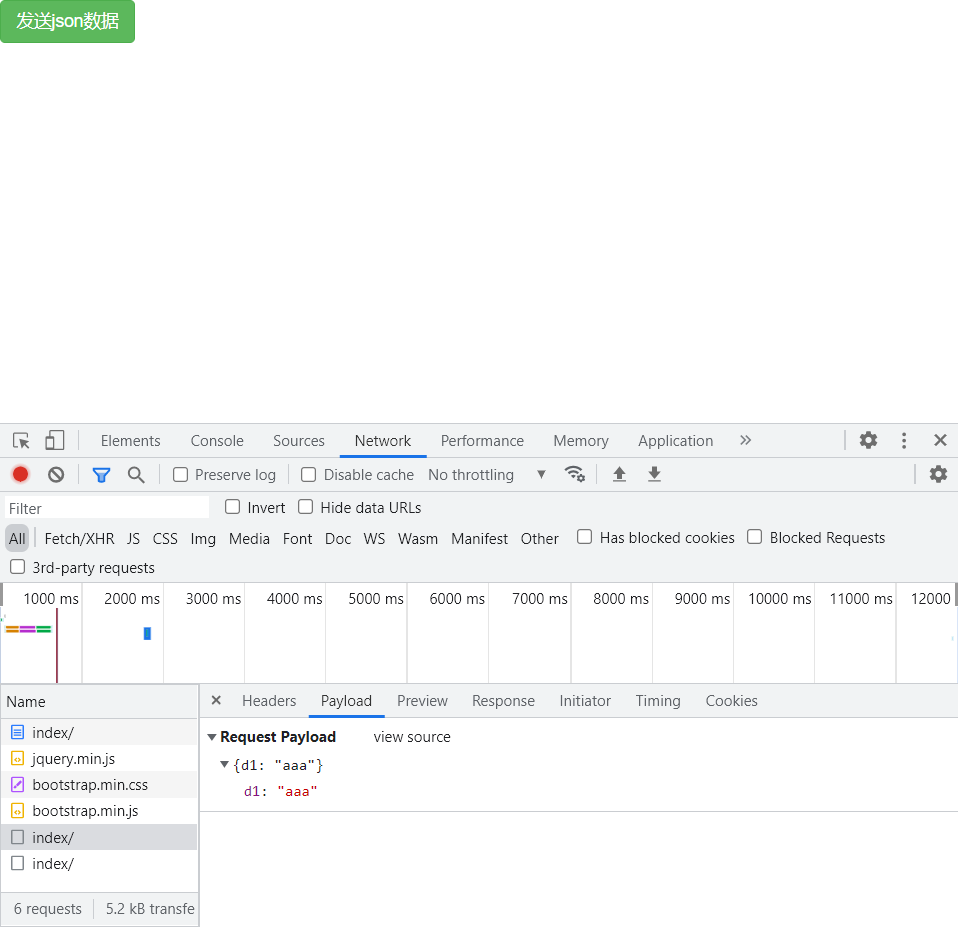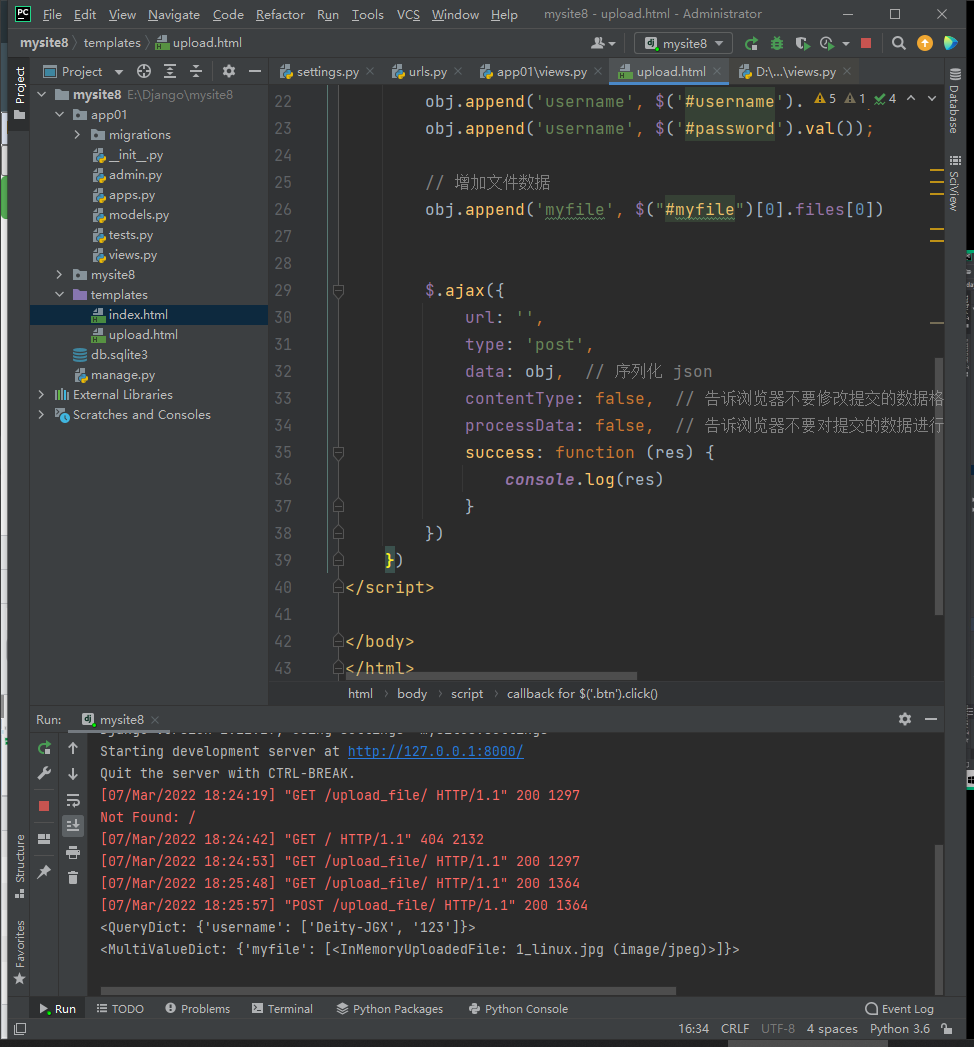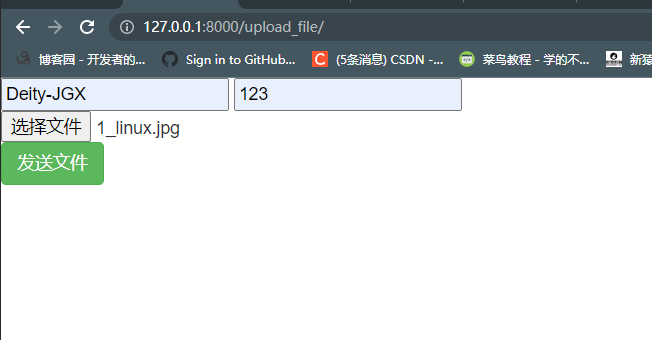上期内容回顾 聚合查询和分组查询 # 聚合查询max min sum avg count# 查询关键字:aggregatefrom django.db.models import Max, Min, Sum, Avg, Countres = Book.objects.aggregate(max_price=Max('price'), )# 分组查询group by
- 聚合查询和分组查询
# 聚合查询
max min sum avg count
# 查询关键字:aggregate
from django.db.models import Max, Min, Sum, Avg, Count
res = Book.objects.aggregate(max_price=Max('price'), )
# 分组查询
group by
"""
默认情况下,分组之后依然可以查询到所有的字段数据,如果设置为了严格模式,只能获取到分组的那个字段
show variables like '%mode%' sql_mode='only_full_group_by';
1. group_concat
2. concat
3. concat_ws
"""
# 查询关键字:annotate
res = Book.objects.annotate() # 代表的是按照models后面的表进行分组
res = Book.objects.values('title', 'price').annotate() # 执行某一个字段分组
- 事务
1. 面试相关
2. 事务的四大特性:ACID
3. 事务的隔离级别
4. 事务的作用:就是保证数据的安全
5. 三个关键字:
start transaction;
commit;
rollback;
- choices参数
# 对于一些字段可以完全列举完的可能性使用
class User:
gender_choices = (
(1, '男'),
(2, '女'),
(3, '其他'),
)
gender = models.IntergerField(choices=gender_choices)
# 获取值
res.gender
res.get_字段名_display()
- 多对多的创建方式
1. 全自动
2. 半自动
3. 纯手动
- Ajax技术
# 特性:
异步提交
局部刷新
# 我们学习直接使用jquery封装之后的ajax 必须引入jquery
# 在js代码里书写以下代码
$.ajax({
url:'' # 提交地址
type:'post' # 请求方式
data: {'d1':d1},
dataType:'json'
success:function(res) {
console.log(res)
}
})
# 后端返回的数据格式分两种:
1. json字符串
前端处理:
1.1 反序列化: JSON.parse(res)
1.2 在加一个参数:dataType:'json'
2. json对象
# 前端不需要做任何处理
- ajax发送json格式的数据
- ajax发送文件数据
- ajax集合layer弹窗实现删除的二次确认(了解见视频)
- django自带的序列化组件(了解)
# ajax默认提交的数据格式是 urlencoded
发送的数据类型和数据格式要保持一致
# 在views.py文件中:
from django.shortcuts import render
# Create your views here.
def index(request):
# print(request.POST)
# print(request.GET)
# print(request.FILES)
if request.is_ajax():
print(request.body) # b'{"d1":"aaa"}' bytes类型
json_bytes = request.body
json_str = json_bytes.decode('utf8') # 解码
print(json_str, type(json_str)) # {"d1":"aaa"} <class 'str'>
import json
json = json.loads(json_str)
print(json, type(json)) # {'d1': 'aaa'} <class 'dict'>
return render(request, 'index.html')
# 在urls.py添加路由:
url(r'^index/', views.index),
# 新建index.html文件:
<!DOCTYPE html>
<html lang="en">
<head>
<meta charset="UTF-8">
<title>Title</title>
<script src="https://cdn.bootcdn.net/ajax/libs/jquery/3.4.1/jquery.min.js"></script>
<link href="https://cdn.bootcdn.net/ajax/libs/twitter-bootstrap/3.4.1/css/bootstrap.min.css" rel="stylesheet">
<script src="https://cdn.bootcdn.net/ajax/libs/twitter-bootstrap/3.4.1/js/bootstrap.min.js"></script>
</head>
<body>
<button class="btn btn-success">发送json数据</button>
<script>
$('.btn').click(function () {
$.ajax({
url: '',
type: 'post',
data: JSON.stringify({'d1': 'aaa'}), // 序列化 json
contentType: 'application/json', // 代表发送的数据是json格式
success: function (res) {
console.log(res)
}
})
})
</script>
</body>
</html>

# 在views.py文件中添加功能:
def upload_file(request):
if request.method == 'POST':
print(request.POST)
print(request.FILES)
return render(request, 'upload.html')
# 在urls.py添加路由:
url(r'^upload_file/', views.upload_file),
# 新建upload.html文件:
<!DOCTYPE html>
<html lang="en">
<head>
<meta charset="UTF-8">
<title>Title</title>
<script src="https://cdn.bootcdn.net/ajax/libs/jquery/3.4.1/jquery.min.js"></script>
<link href="https://cdn.bootcdn.net/ajax/libs/twitter-bootstrap/3.4.1/css/bootstrap.min.css" rel="stylesheet">
<script src="https://cdn.bootcdn.net/ajax/libs/twitter-bootstrap/3.4.1/js/bootstrap.min.js"></script>
</head>
<body>
<input type="text" id="username">
<input type="text" id="password">
<input type="file" id="myfile">
<button class="btn btn-success">发送文件</button>
<script>
$('.btn').click(function () {
// ajsx上传文件需要借助与FormData
// 1.实例化FormData
var obj = new FormData()
// 增加数据
obj.append('username', $('#username').val());
obj.append('username', $('#password').val());
// 增加文件数据
obj.append('myfile', $("#myfile")[0].files[0])
$.ajax({
url: '',
type: 'post',
data: obj, // 序列化 json
contentType: false, // 告诉浏览器不要修改提交的数据格式
processData: false, // 告诉浏览器不要对提交的数据进行任何更改
success: function (res) {
console.log(res)
}
})
})
</script>
</body>
</html>


# 在views.py中:
from app01 import models
from django.core import serializers
def user_list(request):
user_list = models.User.objects.all() # 返回 queryset类型
res = serializers.serialize('json', user_list)
return HttpResponse(res)

